The dry stone wall builder: 'Every metre of wall contains a ton of stone. You really feel it after a hard week.'
This week's Living National Treasure is Anthony Gorman, a man who has spent his life building beautiful walls by hand across Northumbria. He spoke to Tessa Waugh; portraits by Richard Cannon.
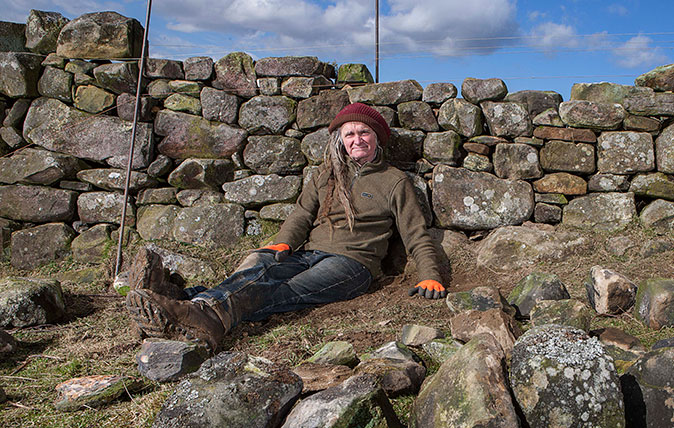

‘I always wanted to work in the country,’ declares Anthony Gorman, who grew up in Manchester and later moved to Northumberland to work as a salmon fisherman in Berwick-upon-Tweed.
For the past 12 years, however, he has been building dry stone walls – or dykes as they are known in that part of the world.
He started off by attending an 18-month walling course organised by Northumberland National Park and then took up the profession on a full-time basis. It sounds an idyllic lifestyle, but, as with many outdoor jobs, the reality involves hard physical work in all weathers.
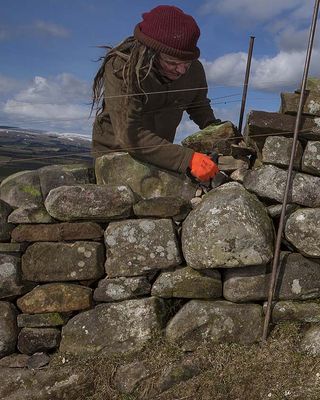
‘It’s very wearing on the body,’ explains Mr Gorman. ‘Every metre of dry stone wall you build contains a ton of stone. You really feel it after a hard week.’
On a good day, he can build roughly 3m of wall—more if he’s working in a group, which is often the case.
Most of the work involves rebuilding what is already there or filling a gap and the walls vary in style across the county.
‘It can be random rubble, sandstone or whinstone, depending on what was found nearby,’ Mr Gorman says.
Sign up for the Country Life Newsletter
Exquisite houses, the beauty of Nature, and how to get the most from your life, straight to your inbox.
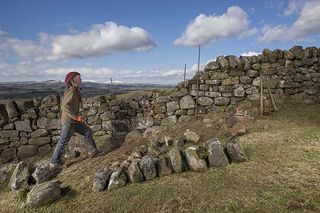
And how about the million-dollar question: what keeps him going on a cold, wet day?
‘I like being my own boss, I find the job fulfilling and I’m actually quite good at it,’ he chuckles.

Credit: Living National Treasure: The Glassblower - ©Country Life/Richard Cannon
The Glassblower: 'When something goes wrong you can't fix it – you just sling in into the bosh bucket and start again'
Ian Shearman's team of glassblowers are still making glass using a technique that's 2,000 years old. Mary Miers found out
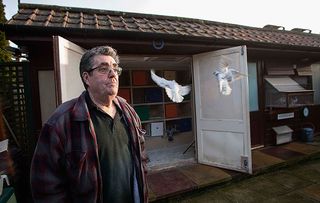
Credit: ©Richard Cannon/Country Life Picture Library
The Pigeon Fancier: 'I set up a deckchair in the garden and wait for them to come back. That’s the most exciting part.'
This week’s Living National Treasure is Colin Hill, a pigeon fancier whose birds regularly race from the tip of Scotland
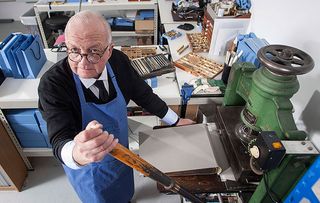
The gold stamper: ‘The younger generation is very appreciative of artisan work – they’re the ones driving the trend’
This week's Living National Treasure is John Timms, the man who leads the team that stamps gold lettering into thousands

The Florist: 'What I do is like good cooking – if you have beautiful ingredients, you can’t go wrong'
This week's Living National Treasure is royal florist Shane Connolly – and while he might be based in Britain, he's
Bringing the quintessential English rural idle to life via interiors, food and drink, property and more Country Life’s travel content offers a window into the stunning scenery, imposing stately homes and quaint villages which make the UK’s countryside some of the most visited in the world.
-
 The real name of a 'ghost' rainbow, the first ever omnishambles, and golf on the moon: Country Life Quiz of the Day 20 February 2025
The real name of a 'ghost' rainbow, the first ever omnishambles, and golf on the moon: Country Life Quiz of the Day 20 February 2025Some real brainteasers for you in our Quiz of the Day. Good luck!
By Toby Keel Published
-
 Tom Parker Bowles's favourite recipe: French onion soup
Tom Parker Bowles's favourite recipe: French onion soupThis dish is no mere Gallic broth, rather pure bonhomie in a bowl — a boozy, beefy, allium-scented masterpiece that cries out for the chill depths of winter
By Tom Parker Bowles Published
-
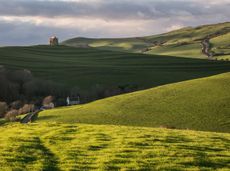 The photographer walking 7,000 miles around the coast of Britain: 'After 450 days of walking I've not been bored once'
The photographer walking 7,000 miles around the coast of Britain: 'After 450 days of walking I've not been bored once'Quintin Lake has always loved walking, ever since trekking from Lands End to John O'Groats as a teenager. But his five-year epic journey around the coast of Britain has taken his love for getting out and about to a new level — as well as his love for our beautiful island.
By James Fisher Published
-
 The gravedigger: Digging graves by hand, putting aside emotions and his hopes for his own final resting place
The gravedigger: Digging graves by hand, putting aside emotions and his hopes for his own final resting placeAlan Munnery has spent the last 20 years working as a gravedigger at one of Europe's biggest cemeteries, which happens to be just outside Woking. He spoke to Tessa Waugh; portraits by Richard Cannon.
By Tessa Waugh Published
-
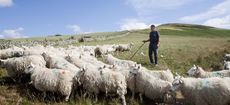 The hill shepherd: ‘I’m not sure where the shepherds of the future will come from’
The hill shepherd: ‘I’m not sure where the shepherds of the future will come from’Graham Oliver is proud of the profession handed to him by his grandfathers but with his children choosing different career paths, he doubts the future of shepherding. Tessa Waugh reports.
By Country Life Published
-
 The putcher fisherman: Flying the flag for a dying way of life
The putcher fisherman: Flying the flag for a dying way of lifeChris Cadogan, as the only remaining fisherman to practice this medieval method on the Severn, laments the decline of the industry he has dedicated his life to preserving. Tessa Waugh reports, photographs by Richard Cannon.
By Country Life Published
-
 The racing-yard manager: ‘The hours sometimes get on top of you, but when you get the winners, it’s all worthwhile’
The racing-yard manager: ‘The hours sometimes get on top of you, but when you get the winners, it’s all worthwhile’A cabinetmarker by trade, Richard Leadley followed his love of horses to his current profession. Tessa Waugh reports, portrait by Richard Cannon.
By Country Life Published
-
 The sheep-shearer: 'If you tell people what you do, they often don’t know what it involves'
The sheep-shearer: 'If you tell people what you do, they often don’t know what it involves'Sheep-shearers are a dying breed, but Ashley Story relishes the back-breaking work. He spoke to Tessa Waugh; portraits by Richard Cannon.
By Country Life Published
-
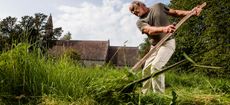 The Scyther: ‘We were up in arms about Poldark – his swing was all wrong’
The Scyther: ‘We were up in arms about Poldark – his swing was all wrong’Scything was almost forgotten until Aidan Turner’s turn in Poldark, but Nigel Adams says there’s still a place for it. He spoke to Tessa Waugh; portraits by Richard Cannon.
By Country Life Published
-
 The rare-chicken breeder: 'Watching hens having a dust bath is a delight'
The rare-chicken breeder: 'Watching hens having a dust bath is a delight'Andrew and Sue Bowden have been saving rare chicken breeds for 40 years. They spoke to Tessa Waugh; portraits by Richard Cannon.
By Country Life Published